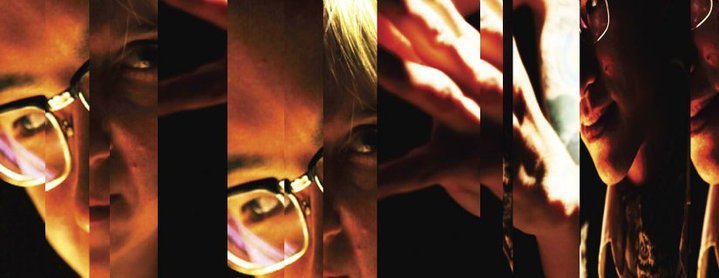
Oana Avasilichioaei
Folding Borders: Experimenting in the Canadian Laboratory
Oana Avasilichioaei
The savage of dessavage
September 20, 2011
The bridge of transtranslation
September 13, 2011
The experience around the experiments
September 4, 2011
Transposing 85
August 27, 2011
The ray of way
August 24, 2011


 “Transtranslation is an excavation of sorts: we brush away the layers of meaning deposited onto a text through time, to reveal the poem beneath the poem – that rift between rising and falling… groundlessness itself.” (Mark Goldstein) Engaging in what he calls transtranslation, Mark Goldstein bridges several methodologies, including homophonic and homolinguistic play, and lexical word-for-word translations, mapping the sound and sense of the languages with which he works. Through this deep engagement with another voice and with his own voices, Goldstein produces poems that are both translated and written, that are both the other’s breath and his own breath.
“Transtranslation is an excavation of sorts: we brush away the layers of meaning deposited onto a text through time, to reveal the poem beneath the poem – that rift between rising and falling… groundlessness itself.” (Mark Goldstein) Engaging in what he calls transtranslation, Mark Goldstein bridges several methodologies, including homophonic and homolinguistic play, and lexical word-for-word translations, mapping the sound and sense of the languages with which he works. Through this deep engagement with another voice and with his own voices, Goldstein produces poems that are both translated and written, that are both the other’s breath and his own breath.
 Run out of Toronto,
Run out of Toronto, 
